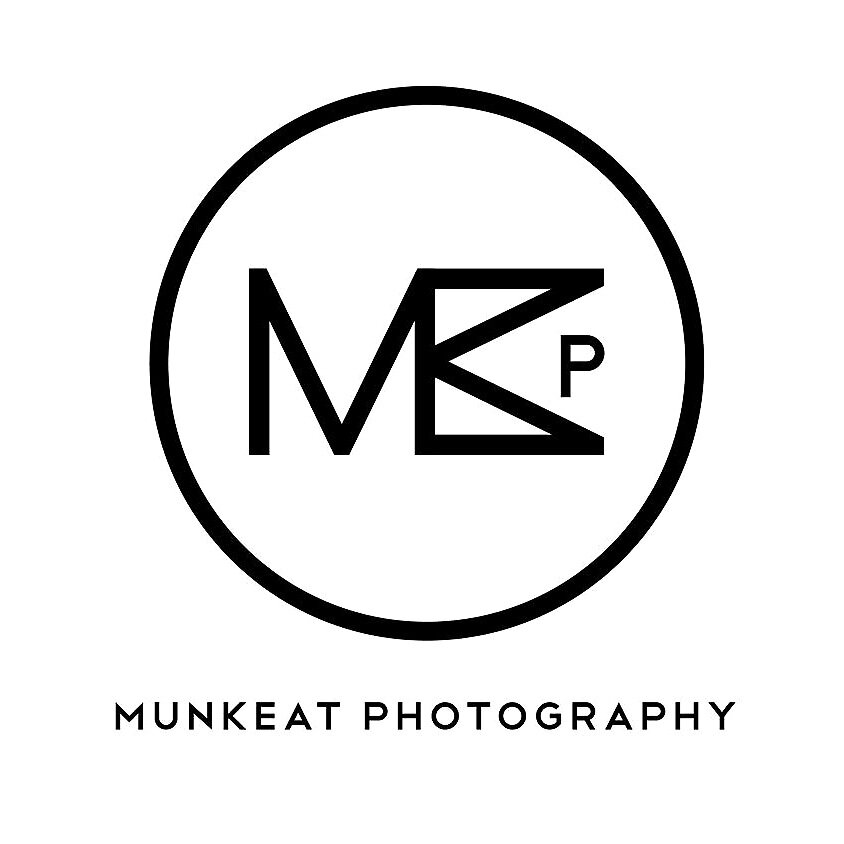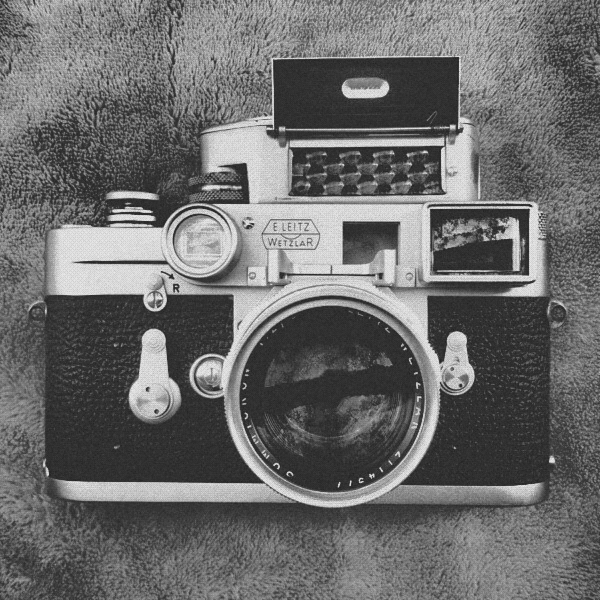Here I would like to share my personal views about film photography. Below are the summary :
1) Film cameras last a really really long time ! A decent full mechanical camera such as a Nikon FM2 or a Leica M2 / M3 can easily last you a life time without having the need to upgrade. I love buying and collecting full mechanical cameras as they are the most reliable camera ever built. Having no ic chips , circuit board, built in light meter or motor drives, these camera are built to last. Just like your Rolex watches. With a good CLA ( clean, lubricate, and adjustment ) service done by a trained repairman, a 50 year old camera will eventually work like new again and will last you probably another 50 more years.
2) Explore different formats other than full frame. Shooting anything larger than the 35mm format on digital is might cost you and arm or a leg. A decent medium format with a digital back might set you back around RM40 grand at least. There are tons of other larger formats film camera’s such as 6 X 4.5 , 6 x 6 , 6 X 7 or even 6 X 9 which produces amazing image quality at rather affordable price. Cameras such as the Yashica Mat, Pentacon 6, Mamiya and Kiev88 will probably cost as low as a point and shoot camera. Larger negatives = more details, bokeh and tonal gradation !
3) Skin tone and colors ! Good films such as the Fuji Pro 400H and the Kodak Portra produces amazing skin tones. It’s the most life like color I’ve ever seen from a camera. Every type of films has it’s own unique characteristics. As most photoshop action now days try to mimic film colors and character digitally, why not just use the real deal.
4) Shooting film makes you a better photographer. I have been shooting digitally for the past 6 years and only started film photography 2.5 yrs back. I have never learned so much about photography just until recently. It perfected my exposure and composition, and of course my attitude as a photographer. I have learned to be more patient, visualize my shots before snapping away, understanding DOF / zone focusing and of course the good ol’ Sunny 16 rules, which is to meter without using a light meter ! How cool is that ?
5) A good film camera appreciate in price while digital depreciates horribly . Leica aside, a Contax 645 cost as much as RM 5000 around 4-5 years back are now fetching close to 9k price tag just recently. I can still recall buying my Nikon D300 when it first launched at the price of RM 5.7k, while I sold it 2.5 years later for RM 2k.
6) It’s FUN ! I love street and wedding photography and carrying a vintage film camera around is easy to strike a conversation with strangers. I always get approached by uncles and aunties who is intrigue by those cameras from their era. After a short chat, it’s easy to get a shot of them : ) From experience, the more retro the camera is the easier it is to strike a conversation. There was one time I was shooting with a big ass Polaroid 600se in a coffee shop, the owner approached out of curiosity and asked me if I could take a picture of him with his lovely grandson. I was smiling ear to ear that a stranger would want his picture taken without me asking. After the shot, I was rewarded with two glasses of ice coffee for free ..
7) Film is making a come back ! Despite we see many good films are being taken off the market but I am sure there will be some to stay. Ilford have not discontinued any of their films for the past couple of years and highly sought after film such as the all time favorite Fuji Pro400H, Portra and Kodak TriX are unlikely to be dead as there are demands for it. Hence don't worry !
8) Learn to work on your photos in the darkroom ...not with the lightroom : ) I would say it's a total new experience. It's a lot more fun and seeing your images appear on the prints slowly and gradually is extremely rewarding and satisfying.
9) It's cheaper to shoot film in long run. Many consider shooting film is a luxury due to the high cost in buying and developing these film. It's actually not. A decent digital camera with lens would set you back around RM5k or so. You would need a computer to work on the files as well as additional storage space such as HDD / Cloud / NAS for backing up your photos. You might ended up shooting a thousand shots in RAW format for an outing or trip which probably only 100 of it are keepers while the remaining 900 stored away and never be seen coz they are too crappy to show When all these adds up ...it's actually costing a lot more. On a trip, I only bring 10 rolls of films which is probably around 36 x 10 = 360 shots but I ended up liking all 300 shots which I have taken. If you do the development on your own, it would be even more cost effective. All negatives can be stored in an organized folder or even in a shoe box as long it's keep in a cool dry place.
10. Enjoy easy and simply work flow once again ! How many of you always often spend countless hours in front of your computer trying to edit your last back of vacation photos which you have shot probably thousands of it but only ended up with just 100 or so keepers ? You will find shooting film is so so simple, there is nothing much you need to do besides archiving your negatives in a near and easy to find manner.
Still not convinced ? Feel free to check out our FILM GALLERY here !









